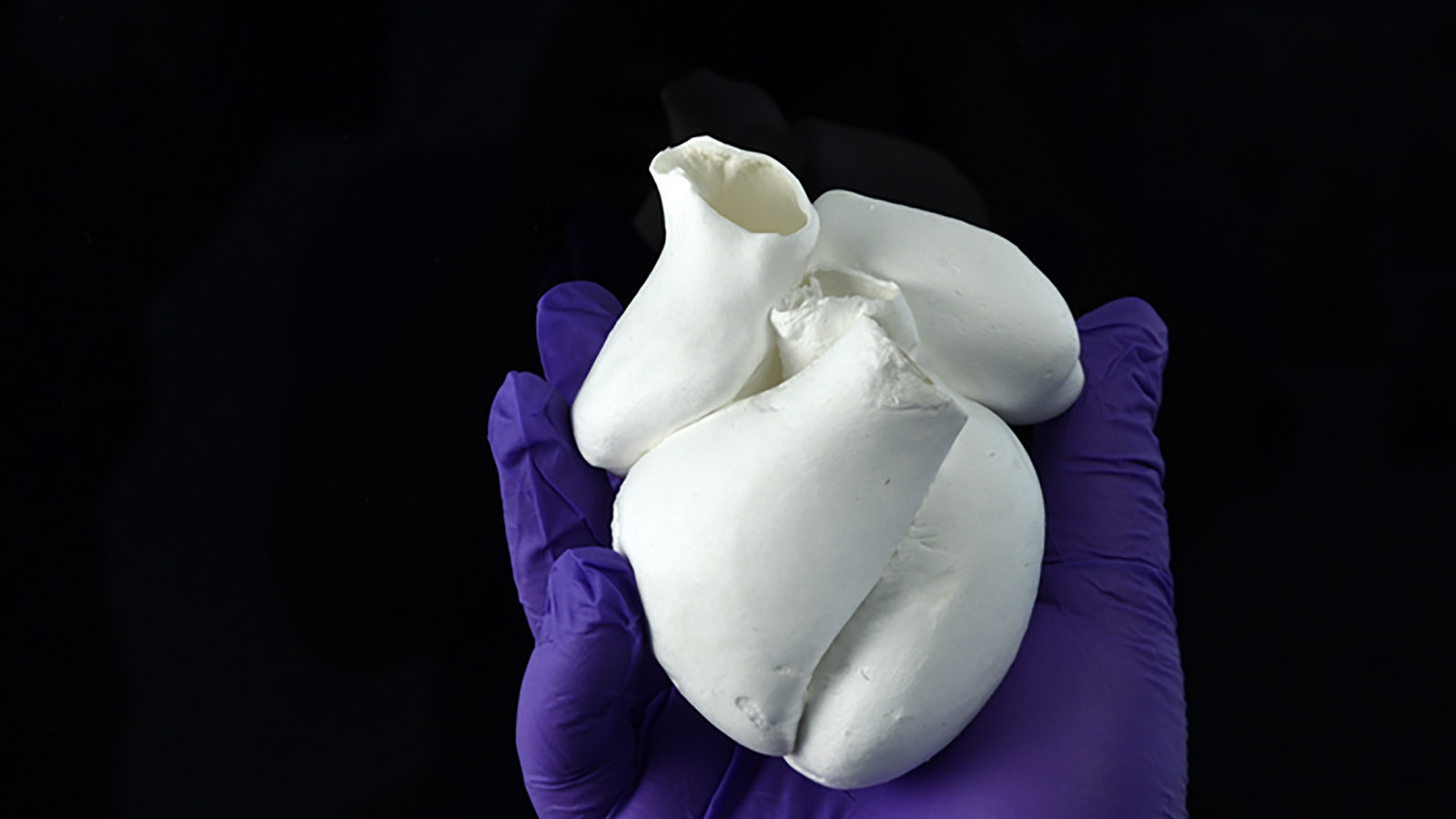Scientists solve Leonardo da Vinci’s 500-year-old human heart mystery

Credit: Spencer Phillips
Scientists found out the purpose of mysterious structures in the human heart, first described by Leonardo da Vinci 500 years ago. The mesh of muscle fibers called trabeculae lines the inner surface of the heart and was shown to affect how well the heart functions.
The mesh, exhibiting distinctive fractal patterns that resemble snowflakes, was initially sketched by Leonardo da Vinci in the 16th century. Early in human development, human hearts form trabeculaes, which create geometric patterns on the inner surface. While their purpose during this stage appears to be in aiding oxygenation of the growing heart, what they do in adults hasn’t been previously figured out. Da Vinci thought the structure warms blood going through the heart.
To really understand what these networks do, an international research team used artificial intelligence to go through data from 25,000 MRI scans of the heart. They also looked at the related data pertaining to heart morphology and genetics.
The scientists observed that the rough surface of the heart ventricles helps the efficiency of the blood flow during a heartbeat, the way dimples on a golf ball lower air resistance, as elaborates the team’s press release. They also discovered that there are six regions in human DNA that determine how exactly the fractal patterns in the muscle fibers form.
The team working on the project included Ewan Birney from the European Molecular Biology Laboratory’s Bioinformatic Institute.
“Our findings answer very old questions in basic human biology,” explained Birney. “As large-scale genetic analyses and artificial intelligence progress, we’re rebooting our understanding of physiology to an unprecedented scale.”
Another important insight – the shape of the trabeculae influences the heart’s performance. Analysis of data from 50,000 patients established that the different fractal patterns can influence the risk of heart failure. Interestingly, the study showed that people who have more trabeculae branches seem to be at lower risk of heart failure.
History Documentary BBC ❖ Leonardo DaVinci, behind a Geniuswww.youtube.com
Declan O’Regan, Clinical Scientist and Consultant Radiologist at the MRC London Institute of Medical Sciences, said that while their work is built on quite old observations, it can be crucial to today’s people.
“Leonardo da Vinci sketched these intricate muscles inside the heart 500 years ago, and it’s only now that we’re beginning to understand how important they are to human health,” said O’Regan. “This work offers an exciting new direction for research into heart failure, which affects the lives of nearly 1 million people in the UK.”
Other participating scientists came from the Heidelberg University, Cold Spring Harbor Laboratory, and the Politecnico di Milano.
Check out their study published in the journal Nature.





